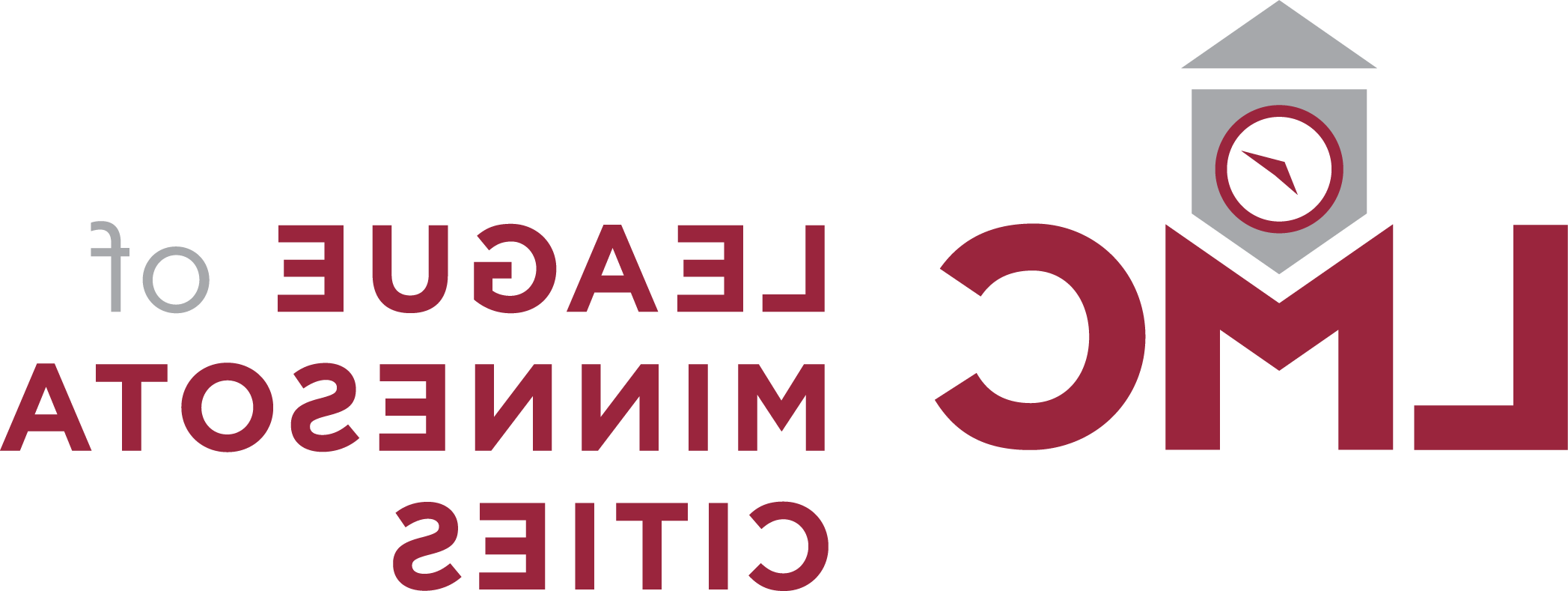
Pine Island’s Employee Engagement
The City of Pine Island is a standout example of how a local government can foster a positive, engaged workplace even with a limited budget. Under the leadership of City Administrator Elizabeth Howard, the city has introduced creative and effective strategies that prioritize employee engagement, professional development, and retention. These initiatives are already making an impact, thanks to supportive leadership and a focus on employee-driven innovation.
Getting to Know the Team
When Howard took on the role of administrator five years ago, she came from a background in the state court system. While she had experience in government, she was new to municipal work.
“I knew I had a lot to learn, and I knew I had to rely on the people who had been doing the work,” Howard said.
Howard took the time to meet with every employee individually to get to know them, their roles, and their ideas of how Pine Island’s work culture could be improved. She entered every employee conversation with three questions:
- What is your favorite part about your job?
- What is your least favorite part about your job?
- What brings you to work every day?
An underlying theme in Howard’s conversations was staff not feeling connected to their colleagues.
“I believe all problems can be solved through communication, no matter what it is,” Howard said. “I immediately went to work.”
Ownership at Staff Development Day
After getting to know city employees and laying the groundwork for gaining their trust during her first year as city administrator, Howard began gauging staff interest in an all-day staff development workshop.
As Howard said, Pine Island is a “small town” with “small resources,” but with council support staff were able to spend a day getting to know their colleagues.
“And that first year…boy was it awkward,” Howard said.
Staff hesitated at first when encouraged to sit and connect with colleagues outside of their departments, but things improved as nerves settled and commonalities were found amongst colleagues.
“All I could hear was laughter,” Howard said. “That’s when I knew we were doing the right thing.”
Howard worked with a budget of about $600, which primarily went toward paying for staff lunches, for Pine Island’s first Staff Development Day. Council has since approved a $2,000 budget after seeing the development day’s positive impact.
Encouraging Innovation Through Shark Tank Initiative
One of the standout programs to come out of the Staff Development Day is Pine Island’s “Shark Tank” initiative. Inspired by the popular TV show, employees pitch ideas for new projects, policies, or ways to improve city operations, which were later shared with the council. Howard brought in two council members—avoiding a quorum—to serve as the “sharks” who judged each team’s pitches.
“I really wanted employees to have ownership in their position and in the city,” Howard said. “It really showed that good ideas can come from people on the ground, doing the work.”
The program has encouraged creative thinking across all departments, with employees at every level getting involved. The result? Several successful projects that have directly improved city operations.
“They were willing to bring other ideas forward in the future because they saw that follow through,” Howard said. “I’m always honest and will say, ‘I can’t guarantee any action will happen,’ but we want to hear and support their ideas.”
Staying Connected Through ‘The City Haul’ Newsletter
In her five years with the city, Howard has also established an internal newsletter, “The City Haul,” which features her column, “Where is Liz?” In her column, Howard recounts her experience shadowing different city departments and “doing the dirty work.”
“When they see me cleaning the bar screen at the treatment plant, it helps,” Howard said. “That way, when you ask for their trust, they say, ‘OK, you’ve done my job. You understand the work I do.”
Leaning on Council Support
Howard is quick to share that none of this would be possible if Pine Island’s city council wasn’t on the same page and supportive of her initiatives.
“I understand that there can be a lot of divide on councils, but I think councils need to realize they have to be supportive of these initiatives,” Howard said. “Otherwise, negativity and division trickles down from the top to your employees.”
Howard estimates she spends about 10 hours per month on planning staff development and engagement initiatives. It’s not easy to find free time on her calendar, but Howard believes this part of her role is a necessity.
“I feel like a lot of staff development is kind of put on the back burner like, ‘I’ll get to it when I have a moment,’” Howard said. “If you don’t schedule that time, you’re never going to have a moment.
“You can’t just say, ‘Well, my door is always open,’ no, that’s intimidating. It’s our job as administrators to get out of our office and meet people where they’re at.”
